In the competitive world of hospitality, creating a memorable experience for your guests is crucial. One often overlooked aspect that significantly contributes to this experience is lighting. The right lighting design not only enhances the aesthetic appeal of your space but also reinforces your brand identity and improves customer satisfaction. Here, we explore various lighting designs and how they can elevate your hospitality business.
1. Ambient Lighting
Ambient lighting provides the primary light source in a room, setting the overall tone and mood. In hospitality, ambient lighting should be inviting and comfortable, ensuring guests feel relaxed and welcomed. For instance, warm, soft lights in a hotel lobby can create a cozy and inviting atmosphere, encouraging guests to linger and socialize. On the other hand, a restaurant might use dimmable ambient lighting to transition from a bright lunchtime setting to a more intimate dinner ambiance.
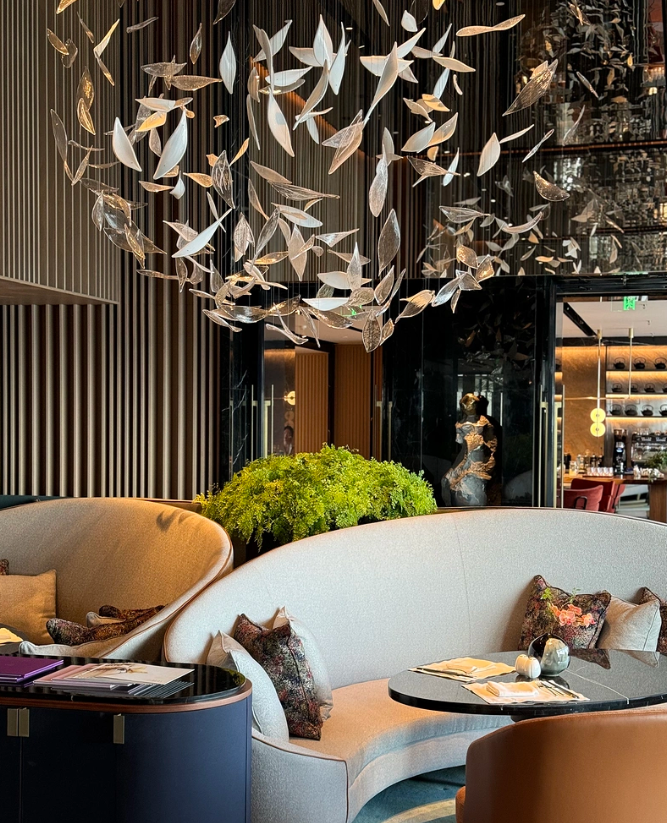
2. Accent Lighting
Accent lighting highlights specific features or areas within your space, drawing attention to architectural details, artwork, or unique design elements. This type of lighting can be used to emphasize your brand’s unique characteristics. For example, a boutique hotel with a strong focus on local art can use accent lighting to showcase pieces throughout the property, reinforcing its brand identity as a supporter of the arts. Similarly, a high-end restaurant might use accent lighting to highlight its open kitchen, showcasing the chefs’ craftsmanship and attention to detail.
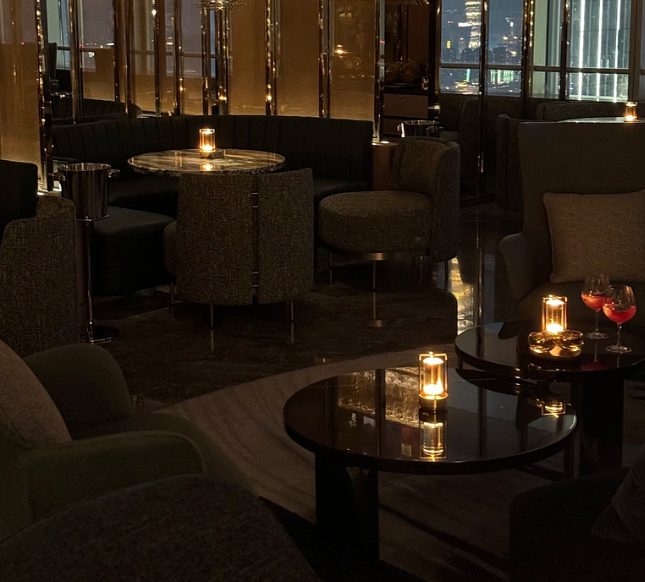
3. Task Lighting
Task lighting is designed to illuminate specific areas where tasks are performed, such as reading, working, or dining. In the hospitality industry, task lighting can greatly enhance the guest experience by providing practical, functional light exactly where it is needed. For instance, reading lamps in hotel rooms, well-lit bathroom mirrors, and focused lighting over dining tables ensure guests can comfortably carry out their activities without straining their eyes. Well-designed task lighting shows that you care about your guests’ comfort and convenience, thereby enhancing your brand’s reputation.
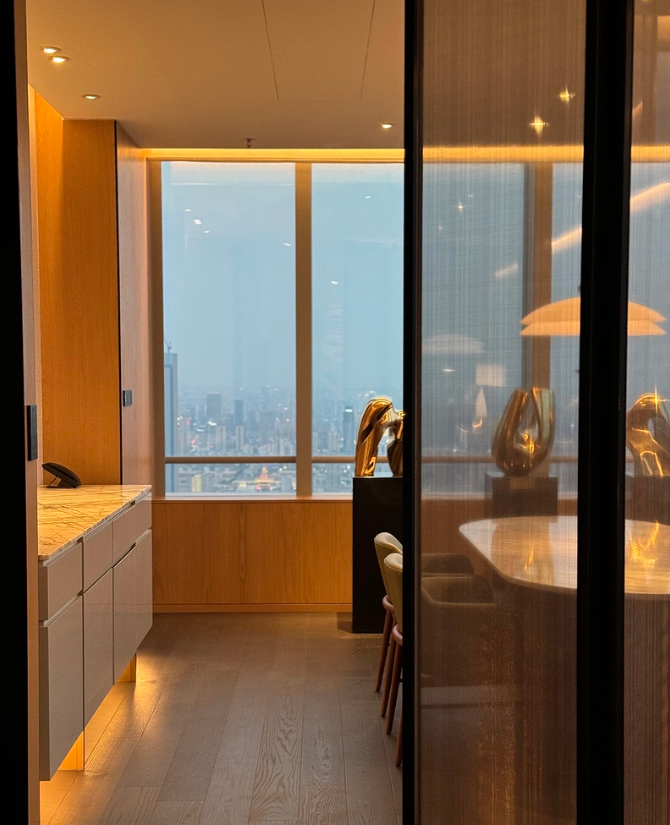
4. Decorative Lighting
Decorative lighting serves as an art piece in itself, adding to the visual interest and thematic consistency of your space. These fixtures are chosen not just for their light output but for their aesthetic appeal. Chandeliers, pendant lights, and wall sconces can be used to create a distinct style that aligns with your brand identity. A luxury hotel might opt for opulent crystal chandeliers that exude elegance and sophistication, while a modern, minimalist hotel might choose sleek, geometric fixtures that reflect its contemporary design ethos.
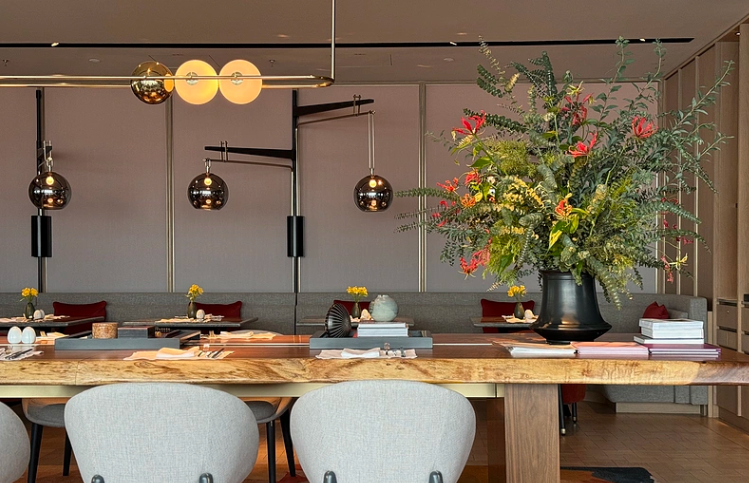
5. Natural Lighting
Incorporating natural light into your lighting design can have a profound impact on the ambiance of your space. Large windows, skylights, and glass doors allow natural light to flood in, creating a bright and airy environment. Natural light not only improves the visual appeal of your space but also has numerous health benefits, such as boosting mood and productivity. Hotels and restaurants with ample natural light are often perceived as more welcoming and enjoyable, enhancing the overall guest experience.
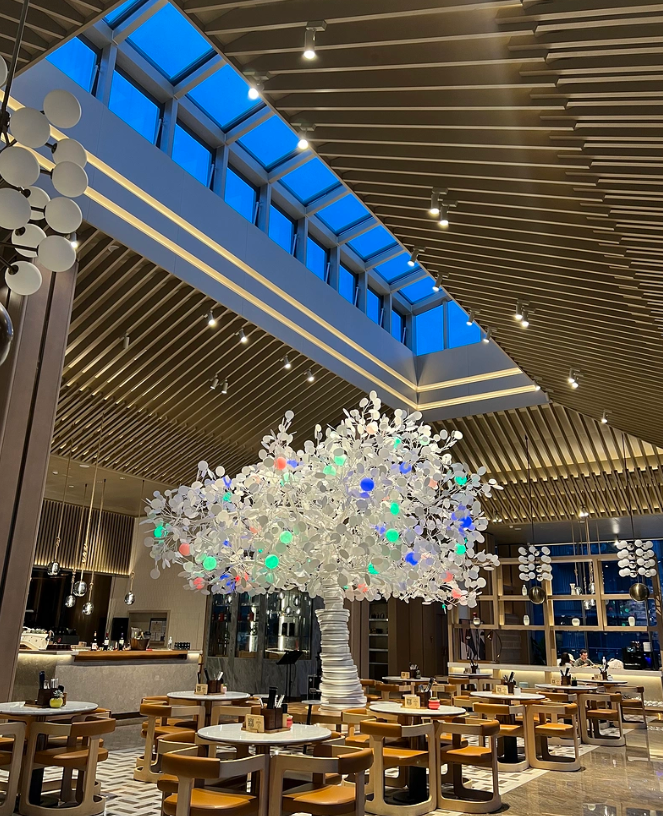
6. Color Temperature and Control Systems
The color temperature of your lighting can significantly influence the mood and perception of your space. Warm light (around 2700K) creates a cozy, intimate atmosphere, ideal for lounges and dining areas. Cool light (above 4000K) is more energizing and is suitable for conference rooms and workspaces. Implementing advanced lighting control systems allows you to adjust the color temperature and intensity of your lighting throughout the day, creating the perfect ambiance for different times and activities. This flexibility not only enhances the guest experience but also demonstrates your commitment to providing a high-quality, tailored environment.

Conclusion
Incorporating thoughtful and strategic lighting design into your hospitality business is essential for enhancing your brand identity and customer experience. By using a combination of ambient, accent, task, decorative, and natural lighting, you can create a unique and memorable environment that reflects your brand values and caters to your guests’ needs. Investing in quality lighting design not only improves the aesthetic appeal of your space but also reinforces your brand’s commitment to excellence and guest satisfaction.
